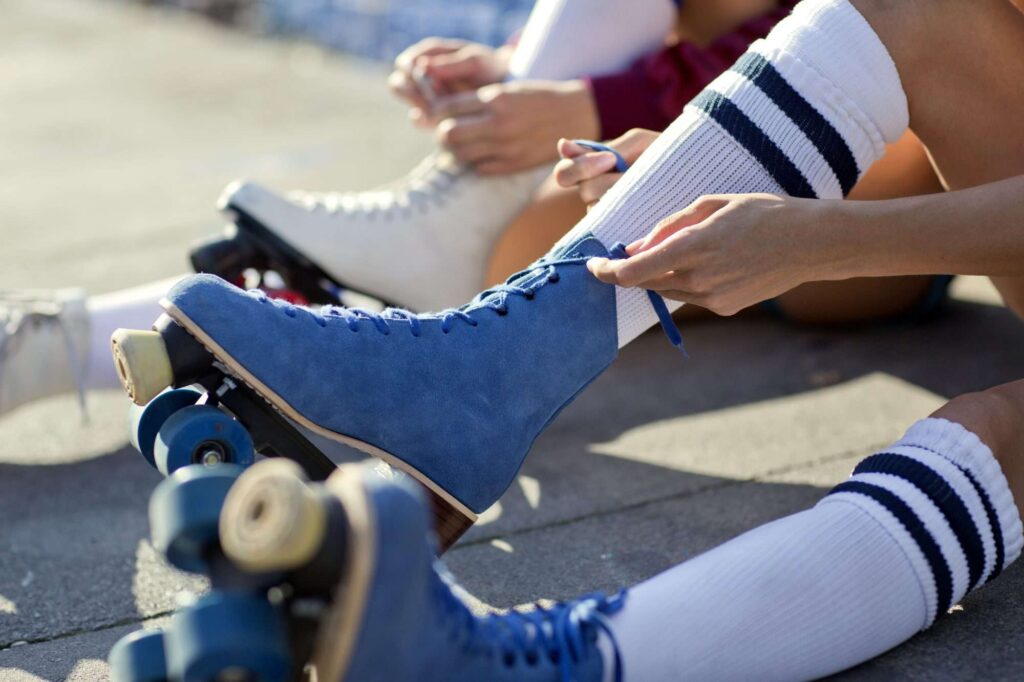Roller skating is a fantastic recreational activity and sport that has been enjoyed by people of all ages for decades. Whether you are a beginner looking to buy your first pair of roller skates or an experienced skater in need of an upgrade, understanding the anatomy of roller skates is crucial before making a purchase. In this guide, we will break down the key components of roller skates to help you make an informed decision.
Boot: The boot is the most visible part of a roller skate. It is the part that encases your foot and provides ankle support. Boots come in various styles, including high-top, low-top, and mid-top. High-top boots offer better ankle support, making them a great choice for beginners or those looking for extra stability. Low-top boots, on the other hand, provide more freedom of movement and are preferred by many experienced skaters.
Chassis or Frame: The chassis, often referred to as the frame, is the part that holds the wheels in place. It is typically made of lightweight materials like aluminum or nylon. The chassis design can vary, with some providing better maneuverability and others offering stability. The length of the chassis affects the wheelbase and can impact your skating style. Shorter wheelbases are ideal for agility, while longer ones provide more stability.
Wheels: Roller skate wheels are made of polyurethane and come in various sizes and hardness levels. Smaller wheels around 55-62mm are often used for tricks and indoor skating, while larger wheels around 78-100mm are better for outdoor cruising. The hardness of the wheels is measured on the durometer scale, with higher numbers indicating harder wheels. Softer wheels offer better grip but may wear out faster, while harder wheels are more durable but provide less grip.

Bearings: Bearings are essential for allowing the wheels to spin smoothly. They are typically rated on the ABEC scale, with higher numbers indicating greater precision. ABEC 5 or higher bearings are suitable for most roller skating applications. Keep in mind that proper maintenance, such as cleaning and lubricating bearings, is essential for optimal performance.
Toe Stops or Toe Plugs: These are located on the front of the roller skate chassis and serve as a braking mechanism. Toe stops are common in quad skates, while toe plugs are more common in artistic or dance skates. Beginners often find toe stops easier to use for braking, while advanced skaters may prefer toe plugs for their agility.
Laces and Closure Systems: Roller skates typically have laces for securing the boot to your foot. Some models may also include additional closure systems such as Velcro straps, buckles, or ratchets for added stability and customization. The choice of closure system can vary depending on your skating style and personal preference.
Cushions and Bushings: Cushions, also known as bushings, are located between the chassis and the boot. They play a crucial role in controlling the responsiveness and maneuverability of roller skates. Softer cushions allow for more agile movements, while harder ones provide stability. Many skates come with adjustable cushions, allowing you to fine-tune your skating experience.